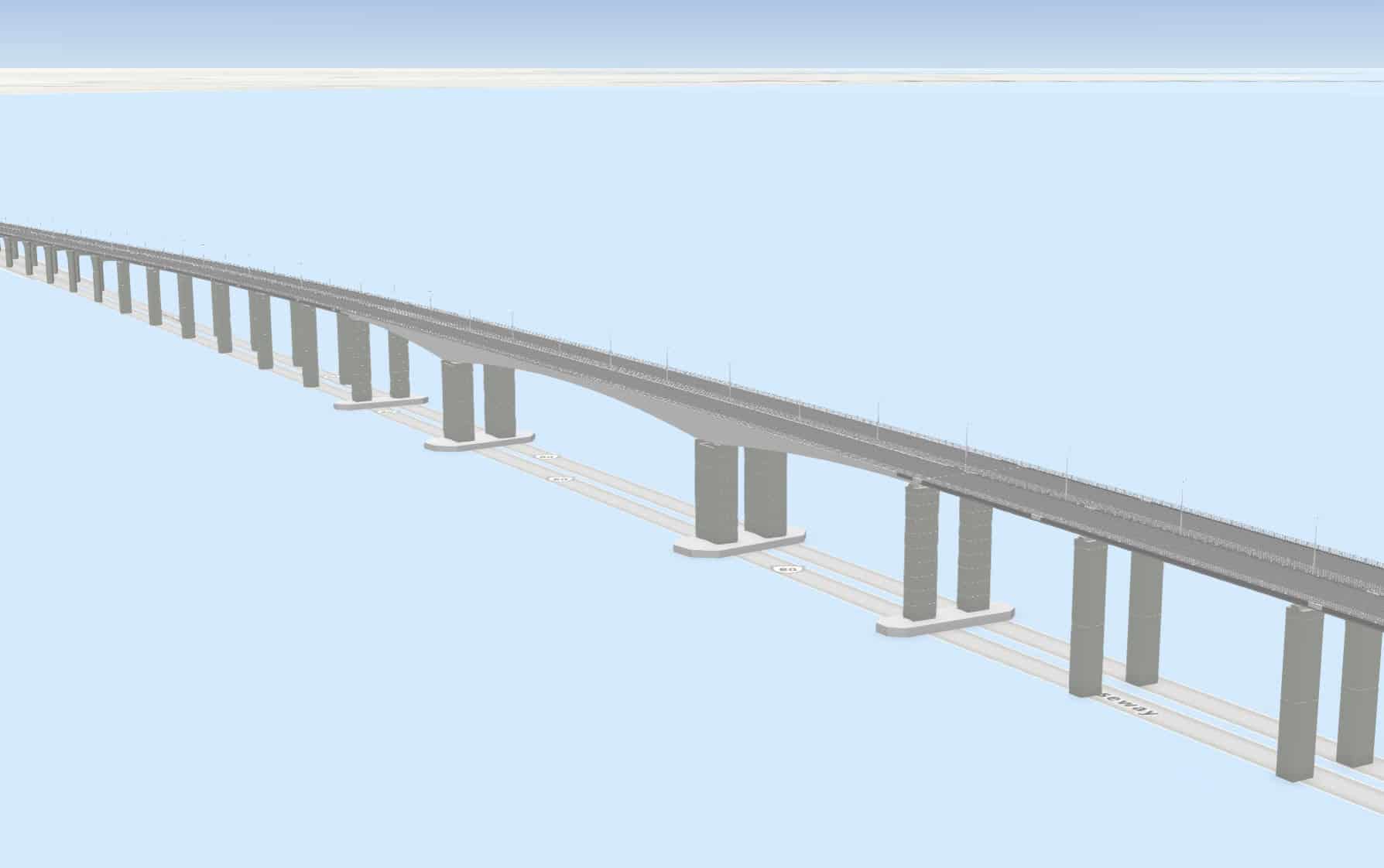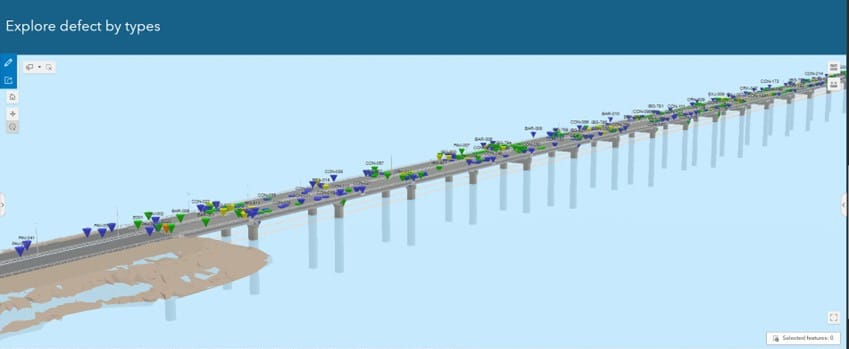A veritable feat of engineering, a colossal bridge in the Middle East plays a vital role in the region’s economic development. Every day, tens of thousands of vehicles use this strategic route.
Renovate rather than rebuild
As the structure has reached the mid-point of its projected
life cycle, an extensive assessment and maintenance program has been launched.
Egis was entrusted with the project of securing the structure by proposing the installation of a digital twin with two objectives:
- Diagnose every disorder and anomaly to establish a reliable structural health status for the infrastructure
- Draw up a multi-year maintenance plan to extend the service life of the structure while maintaining the required level of safety for users.
Interfacing several engineering disciplines
To meet this challenge, several Egis teams from different countries and disciplines joined forces to provide an integrated, tailor-made service, sized to meet the constraints imposed by the scale of the project.

Connect then integrate
This digital twin is the result of an effort to integrate several techniques, and foreshadows the future of infrastructure operation and maintenance. It illustrates the extent to which digital technology is penetrating and reinventing traditional business sectors, and creating high value-added bridges between business expertise.

Several techniques were used to create this digital twin, some of which played a key role:
Professional auscultation
AI-assisted diagnosis
Data management
In situ survey combining several observation techniques
- underwater or drone video,
- Lidar for pavement inspection,
- Geo-radar,
- Coring,
- Visual inspections.
Use of AI engines to accelerate fault detection and analysis, particularly using massive point cloud data
Capitalize on and share structural anomalies by georeferencing them in 3D using BIM models with GIS capabilities, and by developing customized dashboards.